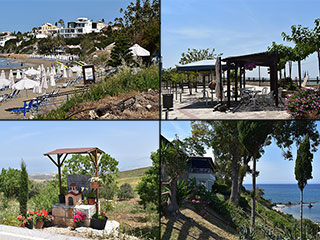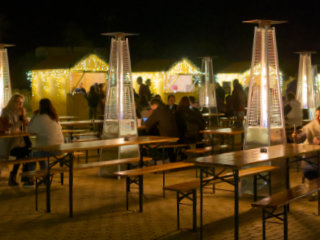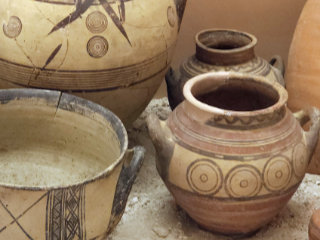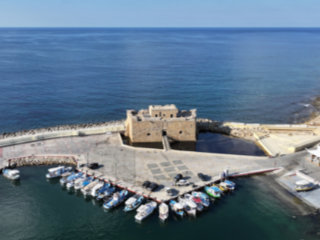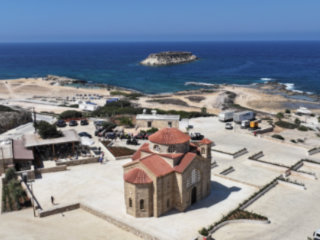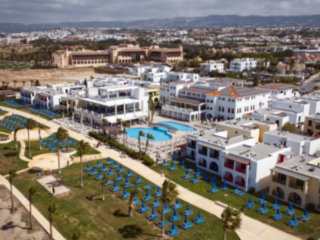Ayios Ioannis Part 1
We haven't explored the further reaches of the Diarizos Valley much, especially not the hilltops that head towards the Xeros Valley and Paphos Forest. We've been rectifying that recently, and in this blog we want to take you on a visit to Ayios Ioannis. We thought it would be a smallish village, but we were in for a surprise. This blog is large, so we have split it in two parts. The second part will be published in a day or two.
Trailer
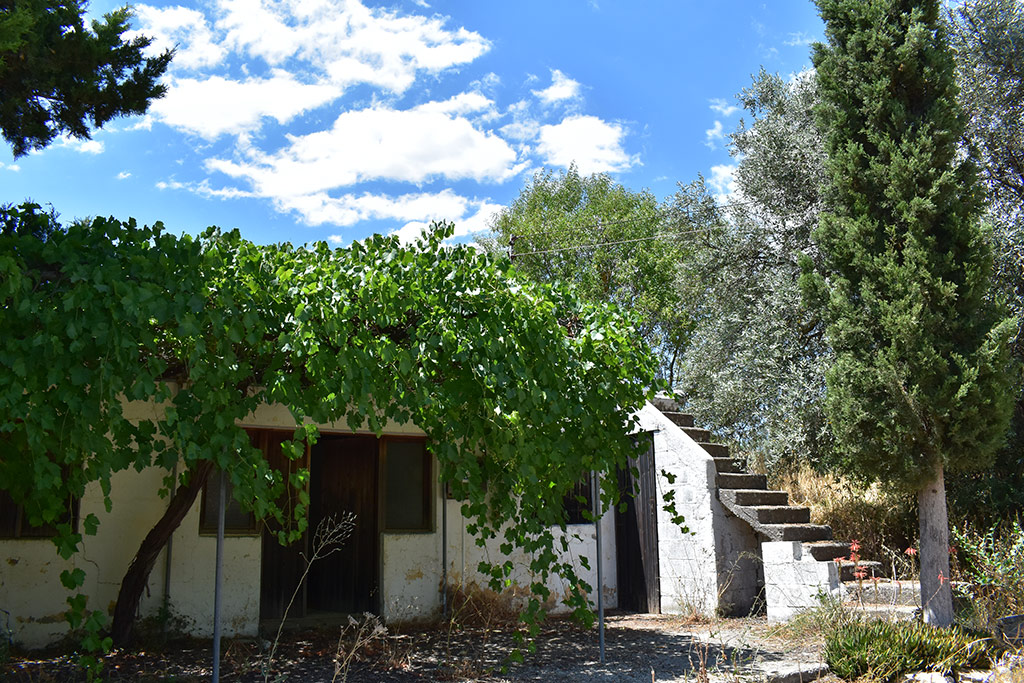
We'll start with a bit of a trailer, to whet your appetite. Ayios Ioannis actually has a bit of history associated with it, and a large entry in the PRIO database:
Agios Ioannis, or Ayyani (Turkish alternative until 1952), is a village located on the southwest foothills of the Troodos mountain range, thirty kilometers northeast of Paphos (Ktima) and four kilometers north of Salamiou. Agios Ioannis means “Saint John” in Greek. Turkish Cypriots adopted the alternative name of Aydın in 1952. It literally means “enlightened,” and is also the name of a town in western Turkey. Following the destruction of the neighboring village of Malounda in the 1953 earthquake, all of that village’s approximately 115 Turkish Cypriot inhabitants were resettled in Agios Ioannis. Later, the area that had been Malounda was also included within the boundaries of Agios Ioannis village.
Part Abandoned, Part Inhabited
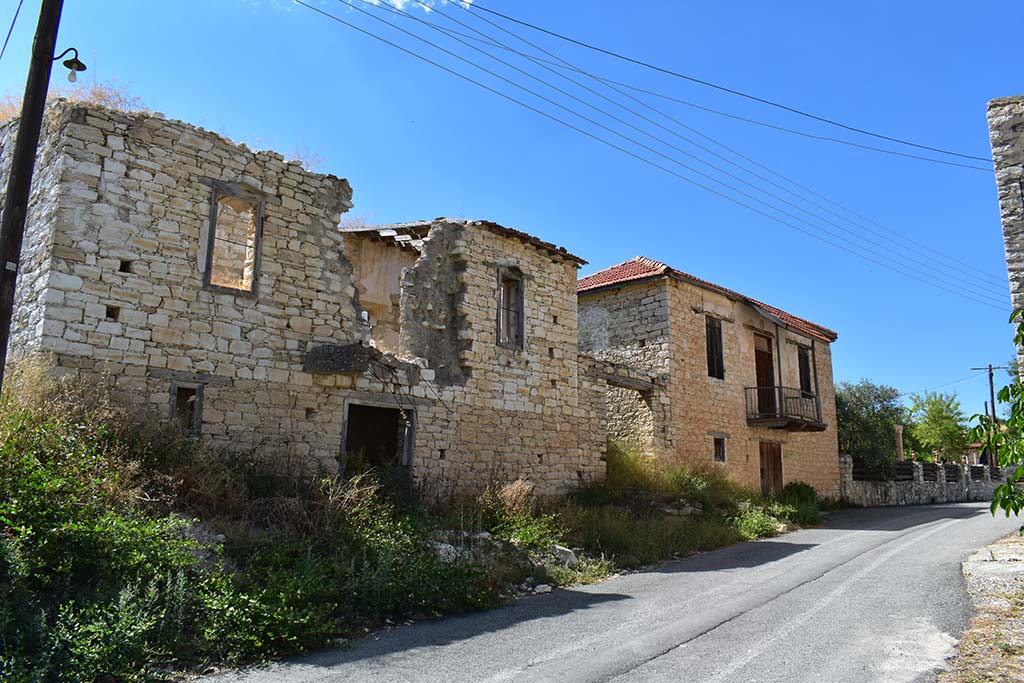
This picture pretty much sums up Ayios Ioannis today: a mixture of abandoned and inhabited houses.
PRIO continues:
Historical Population:
Although the Ottoman census of 1831 shows no Christians living in the village, Agios Ioannis always had one or two Greek Cypriot families until 1958. During the British period, the population of the village increased significantly. Following the arrival of the Malounda Turkish Cypriots after the 1953 Paphos earthquake, the population rose to 818 in the 1960 census from 591 recorded in 1946.
Xeros Valley Looking Good
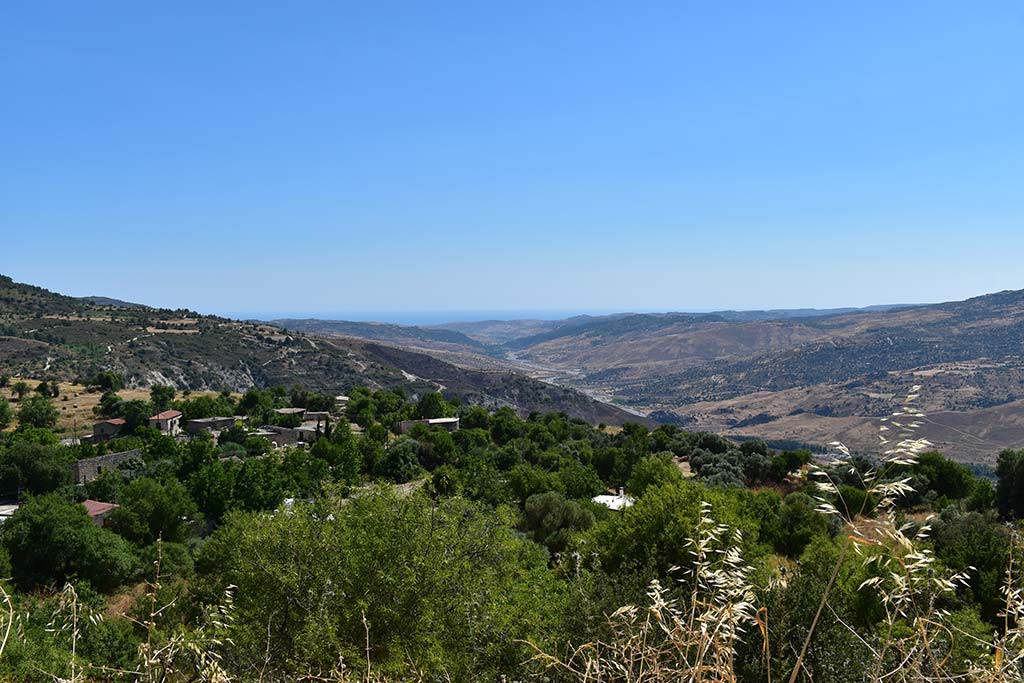
There was a fire near Ayios Ioannis earlier on in the year. Fortunately none of the buildings were affected.
More from PRIO:
Displacement:
No one was displaced from this village during the emergency years of the 1950s, nor during the intercommunal strife of 1963-64. However, the village was one of the strongholds of the Turkish Cypriot Resistance Organization and served as a reception center for displaced Turkish Cypriots from nearby villages such as Geroskipou(306) and Galataria/Yoğurtcular(305). Most of these displaced persons stayed in Agios Ioannis until 1975. In 1971 Richard Patrick recorded the total population of the village as 1,150.
On 14 August 1974, after Fighters in Agios Ioannis refused to surrender their guns, the village was attacked by the Greek Cypriot armed forces. Turkish Cypriot Fighters defended the village for almost three days but eventually fled and sought refuge in the mountains. Greek Cypriot forces subsequently entered the village and this time the Turkish Cypriot Fighters surrendered their guns. Following this event, most of the inhabitants of Agios Ioannis secretly fled over the mountains to the Turkish-controlled part of the island or to the Akrotiri British Sovereign Base Area.
By the time the Vienna agreement was signed, almost 700 people from Agios Ioannis had made their way to the northern part of the divide. Eventually the remaining approximately 200 original inhabitants of Agios Ioannis were escorted by UNFICYP on 18 August 1975 to the northern part of the divide. Almost all of the Turkish Cypriots from Agios Ioannis were resettled in the village of Zodeia/Bostancı(047), although some were also given houses in other villages, such as Karavas/Alsancak(226), Gerollakos/Alayköy(037) and in the towns of Nicosia(074), Kyrenia(236), Famagusta(140) and Morphou(072). The number of the Agios Ioannis/Aydın Turkish Cypriots who were displaced after 1974 was around 1,100 (1,065 in 1973).
Old School
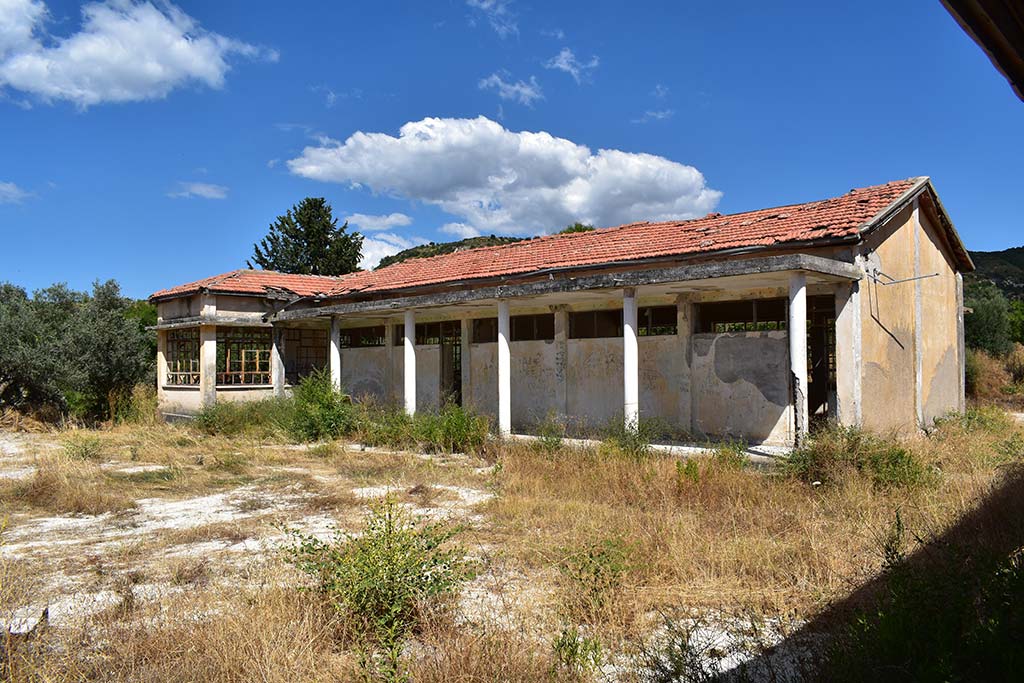
So at one point, the village had over 1000 inhabitants. This explains the size of it, and the need for this old school which now stands in ruins.
Still Beautiful

According to PRIO, the population is now on the wane. The Greek Cypriots that settled after the troubles left, presumably to head for the cities.
Final bit from PRIO:
Current Inhabitants:
After the departure of the Turkish Cypriots, Agios Ioannis/Aydın village was used for the settlement of displaced Greek Cypriots from the northern part of the divide. However, after the initial settlement, many of the displaced Greek Cypriots preferred to leave the village and settle elsewhere or use the houses in the village as weekend homes. The 2001 census recorded only 33 people still permanently living there.
On our visit, we didn't just see a village in decline though, we also saw new sprouts of growth, as you shall see. So let's unravel the enigma of Ayios Ioannis together...
Page 1 of 8

Related Blogs:
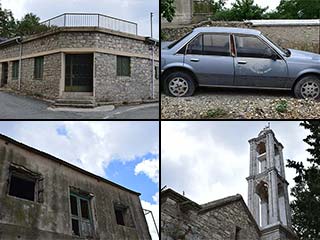
Abandoned Villages - Statos
Statos is unusual, as abandoned villages go. People deserted it not because of inter-communal fighting, but because of the threat of landslides. And then, no sooner had they emptied, some of the abandoned buildings were repopulated. Were villagers returning, or had outsiders moved in, prepared to take the risk of landslide?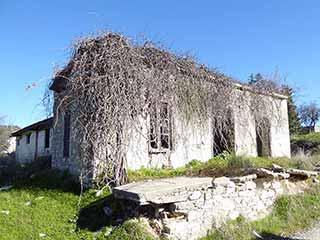
Abandoned Villages - Vretsia
Cyprus has more than it's fair share of abandoned villages. The troubles caused the displacement of both Greek Cypriots and Turkish Cypriots.The environment itself has caused other villages to be abandoned for reasons of safety. Whatever the reason, the abandonment caused emotional pain and suffering to the affected people. So is it right to right a series of blog articles on them? I thought about this for a while, but decided that yes it was. Cyprus is a land built on antiquities, and these villages are just the latest example. I had no problem blogging about a Necropolis after all. However, some of these villages, and especially Ventris, do still get visits from the displaced families. So if you do decide to visit these places on the strength of these articles, please bear that in mind, and treat them with respect. The urban exploring motto "take only pictures, leave only footprints..." nicely sums it up.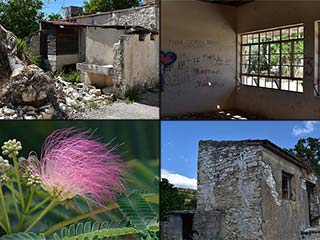
Ayios Ioannis - Part 2
In the concluding part of our visit to Ayios Ioannis we continue through the village before visiting an old abandoned school, and finish up gazing down upon the Xeros Valley and Paphos Forest.Good Pages To Visit
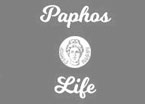
FB PagePaphos Life on Facebook
Like us on Facebook and stay notified of new blog posts.

FB PageOur Facebook Chat Group
Paphos Chat has been created for people who like our site and want to chat using Facebook. You can also easily upload photos of any size here. A lot of people are members of the Facebook chat group and the main forum. It's entirely up to you.
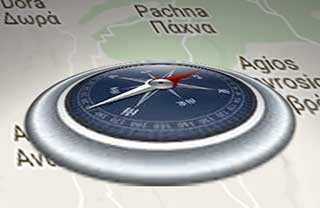
ListBlog Locations
Planning a day out? Then use our map of blog locations as a handy guide. Some of the places we visit our closer to each other than you might think, so take a look and start planning your next adventure...
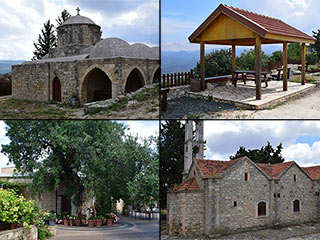
eBookCyprus Road Trip 01: the Kathikas - Panagia Loop
Let me take you on a journey around the region of Paphos, Cyprus. Starting at Paphos itself, we travel to Akoursos, then Kathikas, Kritou Terra and Simou. We continue past Lasa and Kannaviou, before taking in the delights of Panagia. Getting a bit more adventurous, we visit the abandoned villages of Statos and Agios Fotios, before passing through Choulou, Letymbou and Polemi, and rejoining the main Paphos - Polis road.
The route is suitable for all types of vehicle, and requires no off-roading. The guide contains about 130 photographs including shots of all the road signs you need to pay attention to, as well as some of the highlights you may experience along the way.
There are also several maps which will help you keep your bearings.
You can do this journey in a day, or you can break it up into chunks. You can also do it in reverse, to get some completely different views. It is entirely up to you.
